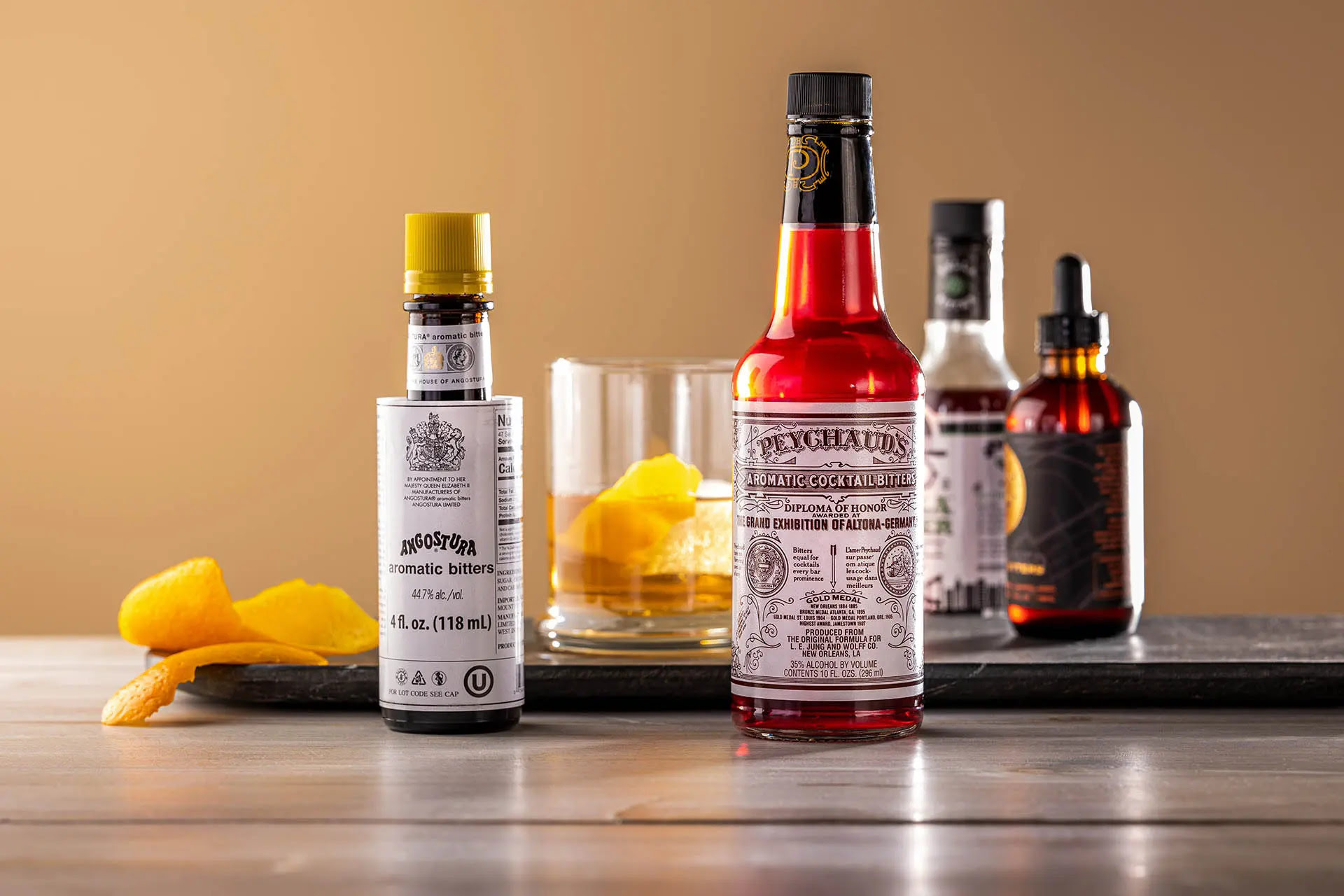

Articles
How To Store Bitters
Modified: January 6, 2024
Learn the best techniques for storing bitters and preserving their flavor in this informative collection of articles. Master the art of proper storage and enhance your cocktails like never before.
(Many of the links in this article redirect to a specific reviewed product. Your purchase of these products through affiliate links helps to generate commission for Storables.com, at no extra cost. Learn more)
Introduction
When it comes to storing your precious bitters collection, taking the time to do it properly is essential. Bitters, with their complex flavors and aromatic profiles, add depth and character to cocktails and culinary creations. However, improper storage can lead to the degradation of flavors and the loss of their distinctive qualities.
In this article, we will explore the importance of proper bitters storage and provide you with comprehensive guidelines on how to store your bitters collection to ensure maximum longevity and enjoyment. Whether you are a professional bartender, a home mixologist, or simply a bitters enthusiast, these tips and recommendations will help you preserve the integrity of your bitters and maintain their flavor profile.
Key Takeaways:
- Proper storage of bitters is crucial for maintaining flavor potency, prolonging shelf life, ensuring consistency in cocktails, and preserving your investment. Follow guidelines to protect your bitters and enhance your creations.
- Choosing the right storage container, controlling temperature and humidity, and avoiding direct sunlight exposure are key to preserving the quality and longevity of your bitters collection. Organize, label, and rotate your stock for optimal enjoyment.
Read more: How To Store Angostura Bitters
Why Proper Storage Matters
Proper storage of bitters is crucial because it directly impacts the quality and longevity of these flavorful concoctions. Here are a few reasons why investing time and effort into proper storage is essential:
- Maintaining flavor potency: Bitters contain a variety of delicate botanicals, herbs, and spices that contribute to their distinctive flavors. Proper storage helps preserve the potency of these ingredients, ensuring that your bitters maintain their full flavor and complexity over time.
- Prolonging shelf life: Just like any other perishable product, bitters can degrade over time. Factors such as exposure to light, heat, and oxygen can accelerate this degradation process. By ensuring proper storage conditions, you can extend the shelf life of your bitters and avoid wasting precious bottles.
- Consistency in cocktails: If you are using bitters in your cocktail recipes, it’s important to maintain consistency with each use. Proper storage ensures that the flavor profile of your bitters remains consistent, allowing you to create well-balanced cocktails time and time again.
- Preserving investment: Bitters, especially high-quality artisanal ones, can be a significant investment. Proper storage protects your investment by preventing spoilage and maintaining the value of your collection.
By taking the time to store your bitters properly, you can ensure their long-term quality, enhance your cocktail creations, and enjoy the full flavors of these unique elixirs.
General Guidelines for Storing Bitters
Follow these general guidelines to ensure optimal storage conditions for your bitters:
- Keep them upright: Store your bitters bottles in an upright position to minimize the surface area of the liquid exposed to air. This helps prevent oxidation and maintains the integrity of the flavors.
- Keep them away from heat: Avoid storing your bitters in places exposed to direct heat sources such as radiators, ovens, or sunlight. Heat can alter the flavors and compromise the quality of your bitters.
- Store at a consistent temperature: Bitters are best stored in a cool, dark place with a consistent temperature. Fluctuations in temperature can affect the flavor and stability of the ingredients. Aim for a temperature range of 50-70°F (10-21°C).
- Control humidity levels: Excessive humidity can lead to mold growth and spoilage of the bitters. Avoid storing them in areas with high humidity, such as the bathroom or near the dishwasher.
- Avoid extreme cold: While it’s important to keep your bitters away from heat, extreme cold temperatures can also affect the ingredients. Freezing can cause separation of the components and alter the flavor.
- Minimize exposure to air: Bitters are susceptible to oxidation, which can result in flavor degradation. Ensure your bottles are tightly sealed after each use and avoid unnecessary exposure to air.
- Avoid strong odors: Bitters are highly aromatic, so it’s important to store them away from strong odors or volatile substances that can taint the flavors.
By following these general guidelines, you can maintain the quality and flavor of your bitters collection, ensuring that they are always ready to elevate your cocktails and culinary creations.
Finding the Right Storage Container
Choosing the right storage container plays a significant role in preserving the quality and longevity of your bitters. Here are a few considerations when selecting a container:
- Dark-colored glass bottles: Opt for dark-colored glass bottles for storing your bitters. Amber or cobalt blue glass helps to block out light and protect the delicate ingredients from harmful UV rays.
- Dropper bottles: Many bitters come in dropper bottles, which allow for precise dispensing and minimize air exposure. These bottles are a practical choice for everyday use and ensure that your bitters remain fresh.
- Tight-fitting lids: Look for bottles with tight-fitting lids or caps. Proper sealing prevents air from entering the bottles and causing oxidation. Screw-top lids or cork stoppers are commonly used for bitters storage.
- Size and shape: Consider the size and shape of the bottle according to your needs. Smaller bottles are ideal for frequently used bitters, while larger ones work well for storing larger quantities or homemade bitters.
- Additional storage aids: Consider using bottle stoppers or pour spouts to further protect your bitters from air exposure. These aids can help control the flow and minimize oxidation during use.
- Proper labeling: Label your bitters bottles with the name of the bitters, date of purchase, and any other relevant information. This ensures easy identification and helps you keep track of the age and freshness of your collection.
By choosing the right storage container, you can protect your bitters from light, air, and other external factors that can impact their flavor and quality. Remember to always use clean, dry bottles to prevent contamination and spoilage.
Controlling the Temperature and Humidity
Temperature and humidity are crucial factors to consider when storing your bitters. Maintaining stable conditions can help preserve the flavors and integrity of your collection. Here’s how you can control temperature and humidity:
- Choose a cool storage location: Find a cool area in your home for storing your bitters. Avoid places that experience frequent temperature fluctuations, such as near stoves or windows. Ideal temperatures range from 50-70°F (10-21°C).
- Avoid humidity extremes: Excessive humidity can lead to the growth of mold and spoilage of your bitters. Conversely, extremely dry conditions can cause evaporation and alter the flavor concentration. Aim for a relative humidity level of around 50-70%.
- Consider a wine refrigerator or cellar: If you have a larger bitters collection or prefer precise temperature control, a wine refrigerator or cellar can be an excellent investment. These devices maintain a consistent temperature and humidity level, ensuring optimal storage conditions.
- Use humidity control packs: For areas with high humidity, consider using humidity control packs designed for wine or cigar storage. These packs help regulate moisture levels and prevent excess humidity from affecting your bitters.
- Monitor temperature and humidity: Keep an eye on the temperature and humidity levels in your storage area. Use a thermometer and a hygrometer to ensure that conditions remain within the recommended range.
By controlling the temperature and humidity of your storage area, you can safeguard your bitters from spoilage, maintain their flavor profiles, and enjoy them at their best.
Read more: How To Store Bitter Melon
Avoiding Direct Sunlight Exposure
Sunlight can have a detrimental effect on the quality of your bitters. The ultraviolet (UV) rays in sunlight can degrade the delicate botanicals, alter the flavor profiles, and cause oxidation. Here’s how you can avoid direct sunlight exposure:
- Store in a dark place: Choose a storage location that is away from direct sunlight. In your home, consider a cabinet, pantry, or cellar that is shielded from sunlight. Darker areas are optimal for preventing UV rays from reaching your bitters.
- Use opaque storage containers: Opt for dark-colored glass bottles for storing your bitters. Amber or cobalt blue bottles are excellent choices as they help block out light and provide an additional layer of protection against UV rays.
- Avoid windows and light sources: Keep your bitters away from windows, lamps, or any other sources of direct light. Even a few hours of sunlight exposure each day can have a negative impact on the quality and flavors of your bitters.
- Consider UV-blocking film or curtains: If your storage area has windows that receive a significant amount of sunlight, consider applying UV-blocking film or using curtains to minimize exposure to UV rays.
- Store in a closed container: When not in use, keep your bitters stored in a closed container to provide an extra layer of protection against light. This can help maintain the quality and longevity of your collection.
By avoiding direct sunlight exposure, you can prevent flavor degradation, maintain the integrity of the ingredients, and ensure that your bitters retain their full aromatic profiles.
Store bitters in a cool, dark place away from direct sunlight and heat sources to maintain their flavor and quality. A cabinet or pantry is a good option.
Minimizing Oxygen Exposure
Oxygen exposure can cause oxidation, leading to a loss of flavor and the degradation of your bitters. To minimize oxygen exposure and preserve the quality of your collection, consider the following tips:
- Keep bottles tightly sealed: After each use, make sure to tightly seal the bottles to prevent air from entering. This will help minimize the oxidation process and maintain the freshness of your bitters.
- Choose the right bottle size: If you have a large quantity of bitters, consider transferring them to smaller bottles that will be consumed more quickly. This will reduce the amount of air inside each bottle, decreasing the potential for oxidation.
- Use wine preservation systems: Wine preservation systems, such as vacuum pumps or inert gas sprays, can be effective tools for minimizing oxygen exposure. These systems remove or displace the oxygen inside the bottle, helping to maintain the quality of your bitters.
- Avoid shaking vigorously: When using your bitters, avoid shaking the bottle vigorously. This can introduce oxygen into the liquid and accelerate the oxidation process. Gently invert or roll the bottle to mix the ingredients instead.
- Avoid decanting: While decanting bitters might be visually appealing, it can increase the risk of oxygen exposure. It is best to keep your bitters in their original bottles, as they are designed to provide optimal preservation.
- Keep track of usage: As you use your bitters, make note of the bottle’s fill level. This will help you gauge how much oxygen is present in the bottle and give you an idea of its freshness.
By minimizing oxygen exposure, you can prolong the shelf life of your bitters and maintain their vibrant flavors. These simple steps will ensure that each bottle of bitters delivers the desired taste and fragrance to your cocktails.
Organizing and Labeling Your Bitters Collection
Keeping your bitters collection organized and properly labeled not only makes it easier to find and use specific flavors but also allows you to track the age and freshness of each bottle. Here are some tips for organizing and labeling your bitters:
- Categorize by flavor profile: Group your bitters based on their flavor profiles, such as citrus, herbal, spice, or aromatic. This will make it easier to locate specific flavors when crafting your cocktails.
- Arrange them visibly: Store your bitters in a place where you can easily see the labels. This could be a dedicated shelf, a display case, or even a spice rack. Having them in clear view saves time and effort when searching for a particular flavor.
- Create a labeling system: Use consistent labeling for your bitters. Include the brand, flavor or ingredients, and the date of purchase or bottling. If you make your own bitters, consider including the production date and any relevant notes.
- Label both the front and top: Label the front of the bottle for easy identification, but also label the top or cap. This allows you to quickly locate the desired flavor when the bottles are stored in a way that hides the front label.
- Consider color-coding: If you have a large bitters collection, consider using color-coded labels or caps to further differentiate between flavors. This visual cue can make it even easier to find the bitters you’re looking for.
- Regularly update and review: As you acquire new bitters or use up existing ones, make it a habit to update your labels and organization system. This ensures that your collection remains up to date, organized, and easy to navigate.
Taking the time to organize and label your bitters collection not only adds a sense of orderliness but also enhances your overall cocktail-making experience. You’ll be able to find the right flavor quickly and maintain an inventory of your collection’s freshness and usage.
Checking and Rotating Your Stock
Regularly checking and rotating your bitters stock is essential to ensure that your collection remains fresh and flavorful. Here are some tips for effectively managing and maintaining your bitters:
- Develop a FIFO system: FIFO stands for “first in, first out.” When purchasing or replenishing your bitters, place the newest bottles towards the back of your storage and move older bottles towards the front. This way, you’re using the oldest bitters first and preventing any bottles from going past their prime.
- Inspect for any signs of spoilage: Periodically examine your bitters for any signs of spoilage, such as changes in color, unusual odors, or sedimentation. If you notice any of these signs, it’s best to discard the affected bottle to prevent any negative impact on the rest of your collection.
- Check for expiration dates: Some commercially produced bitters may come with expiration dates. Keep an eye on these dates and make sure to use the bitters before they expire. If a bottle has exceeded its expiration date, it’s safer to dispose of it to ensure the quality of your collection.
- Rotate your selection: To prevent any bitters from sitting unused for extended periods, incorporate different flavors into your cocktails and recipes regularly. By rotating your selection, you ensure that all bottles are being enjoyed and none are becoming neglected.
- Regularly sample your bitters: Take the time to periodically sample your bitters to gauge their flavor and potency. This allows you to make adjustments to your cocktails or recipes if any of the bitters are starting to lose their intensity.
- Create a tracking system: Consider keeping a log or spreadsheet to track the purchase dates and usage of your bitters. This will help you keep tabs on the age and freshness of each bottle, allowing you to make informed decisions on which ones to prioritize using or replacing.
By consistently checking and rotating your bitters stock, you ensure that your collection remains fresh and vibrant, allowing you to enjoy the full range of flavors in your cocktails and culinary creations.
Read more: How To Save Bitter Melon Seeds
Additional Tips for Long-Term Storage
Long-term storage of bitters requires extra attention to ensure the preservation of flavors and quality over an extended period. Here are some additional tips to consider:
- Vacuum seal your bottles: Use a vacuum sealer to remove excess air from the bottles before long-term storage. This helps to minimize oxygen exposure and prolong the shelf life of your bitters.
- Store in a temperature-controlled environment: If possible, store your bitters in a dedicated wine refrigerator or cellar with precise temperature and humidity control. These controlled environments help maintain stable conditions and prevent flavor deterioration.
- Consider refrigeration for homemade bitters: If you’ve made your own bitters, storing them in the refrigerator can help maintain their freshness and extend their shelf life. Just make sure to tightly seal the bottles to prevent any odors from the fridge from seeping in.
- Protect against vibrations: Excessive vibrations can agitate the ingredients in your bitters and accelerate the oxidation process. Store your bitters away from sources of constant vibrations, such as appliances or speakers.
- Avoid temperature fluctuations: Temperature fluctuations can affect the overall quality of your bitters. Avoid storing them in areas where temperatures vary significantly, such as near drafty windows or directly above radiators.
- Regularly clean the storage area: Dust and debris can collect over time in the storage area, potentially affecting the quality of your bitters. Regularly clean the shelves, cabinets, or wine refrigerator to keep a clean and sanitary environment for your collection.
- Consider using desiccant packs: Desiccant packs, such as silica gel, can help absorb excess moisture in the storage area and prevent mold or degradation of the bitters. Place them strategically in the storage space to maintain optimal humidity levels.
By implementing these additional tips, you can ensure that your bitters remain in excellent condition for an extended period, allowing you to enjoy the full range of their flavors and create exceptional cocktails whenever the occasion calls for it.
Conclusion
Proper storage of your bitters collection is essential for preserving the flavors, aromas, and overall quality of these indispensable cocktail ingredients. By following the guidelines and tips outlined in this article, you can ensure that your bitters remain fresh, potent, and enjoyable for an extended period of time.
From choosing the right storage containers and minimizing oxygen exposure to controlling temperature, humidity, and sunlight exposure, each aspect plays a crucial role in maintaining the integrity of your bitters. By organizing and labeling your collection, checking and rotating your stock, and considering additional tips for long-term storage, you can create an optimal environment for your bitters to thrive.
Remember, bitters are not just condiments or flavorings but powerful ingredients that can elevate your cocktails and culinary creations to new heights. By treating them with care and investing in proper storage techniques, you can experience the full range of flavors and nuances that bitters have to offer.
So, whether you’re a professional bartender, a home mixologist, or a bitters enthusiast, take the time to implement these storage practices, and enjoy the vibrant and complex flavors of your bitters collection for many delightful libations to come.
Frequently Asked Questions about How To Store Bitters
Was this page helpful?
At Storables.com, we guarantee accurate and reliable information. Our content, validated by Expert Board Contributors, is crafted following stringent Editorial Policies. We're committed to providing you with well-researched, expert-backed insights for all your informational needs.
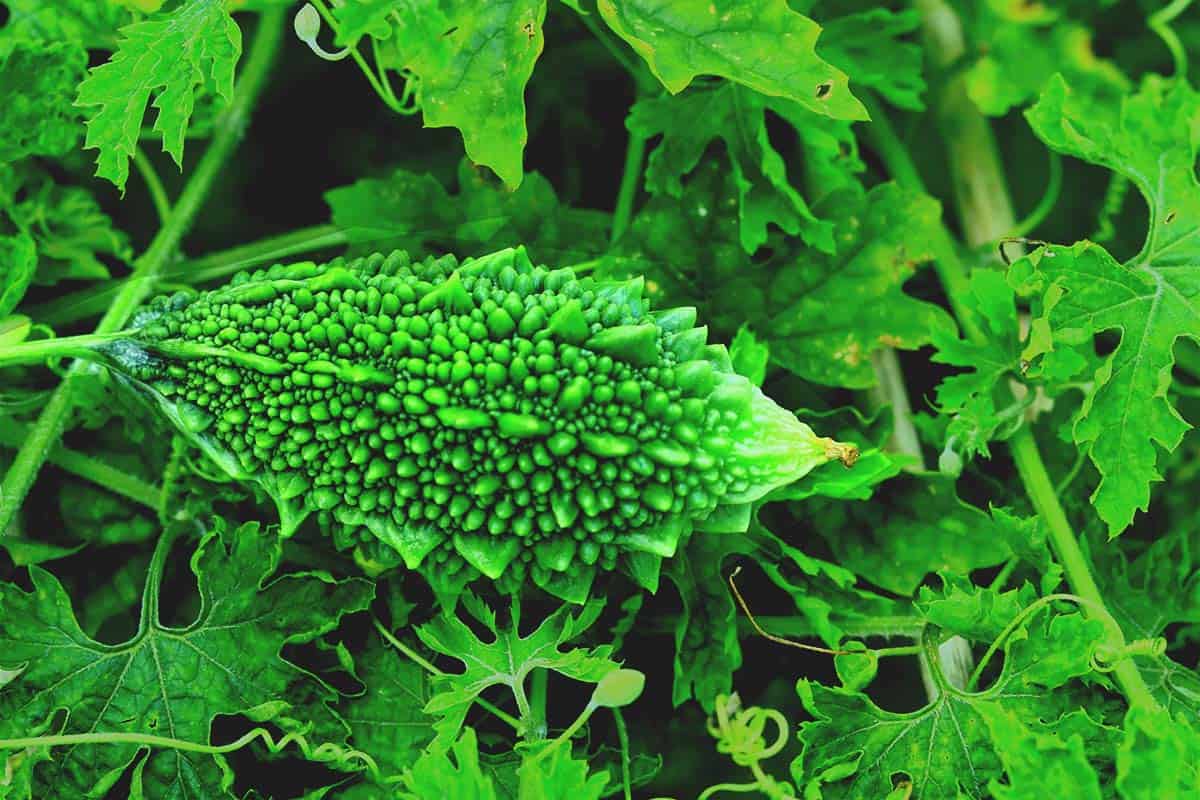
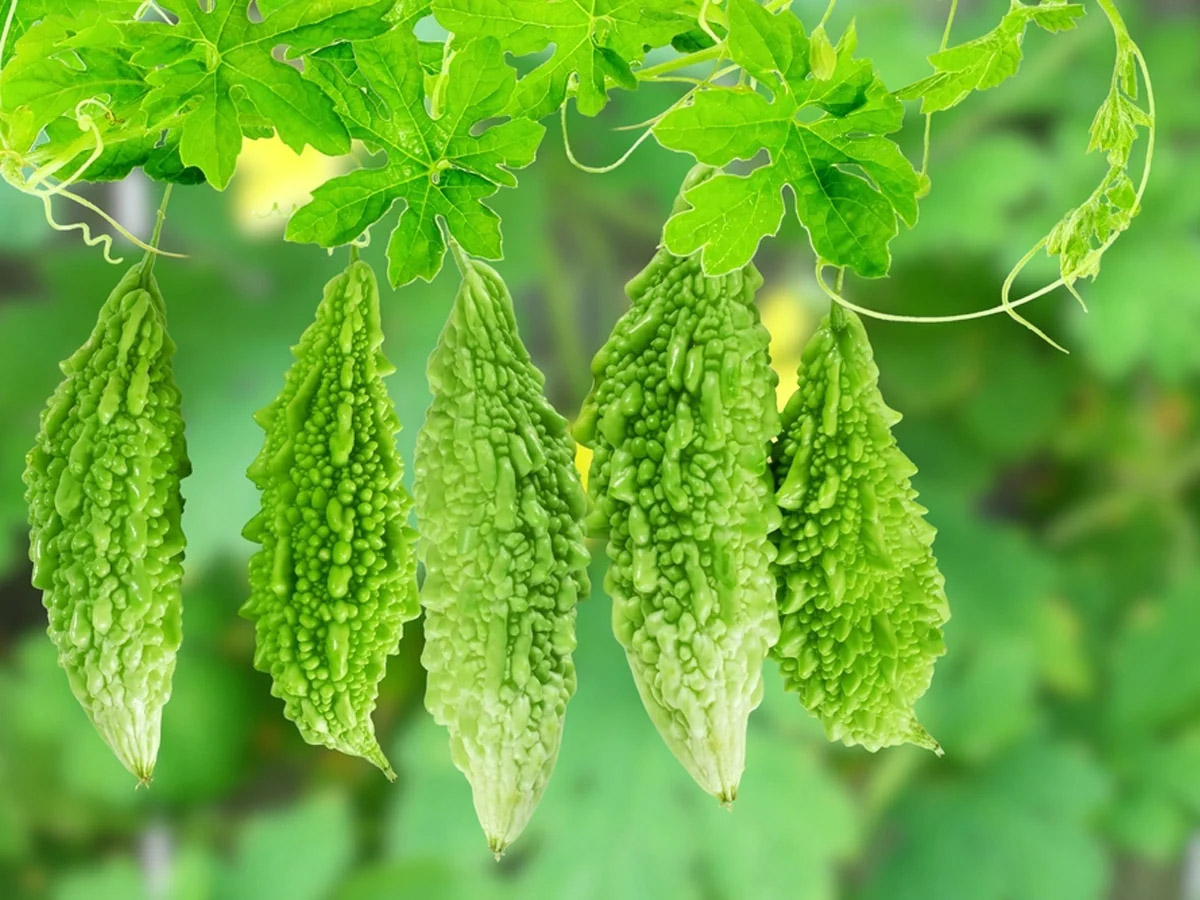



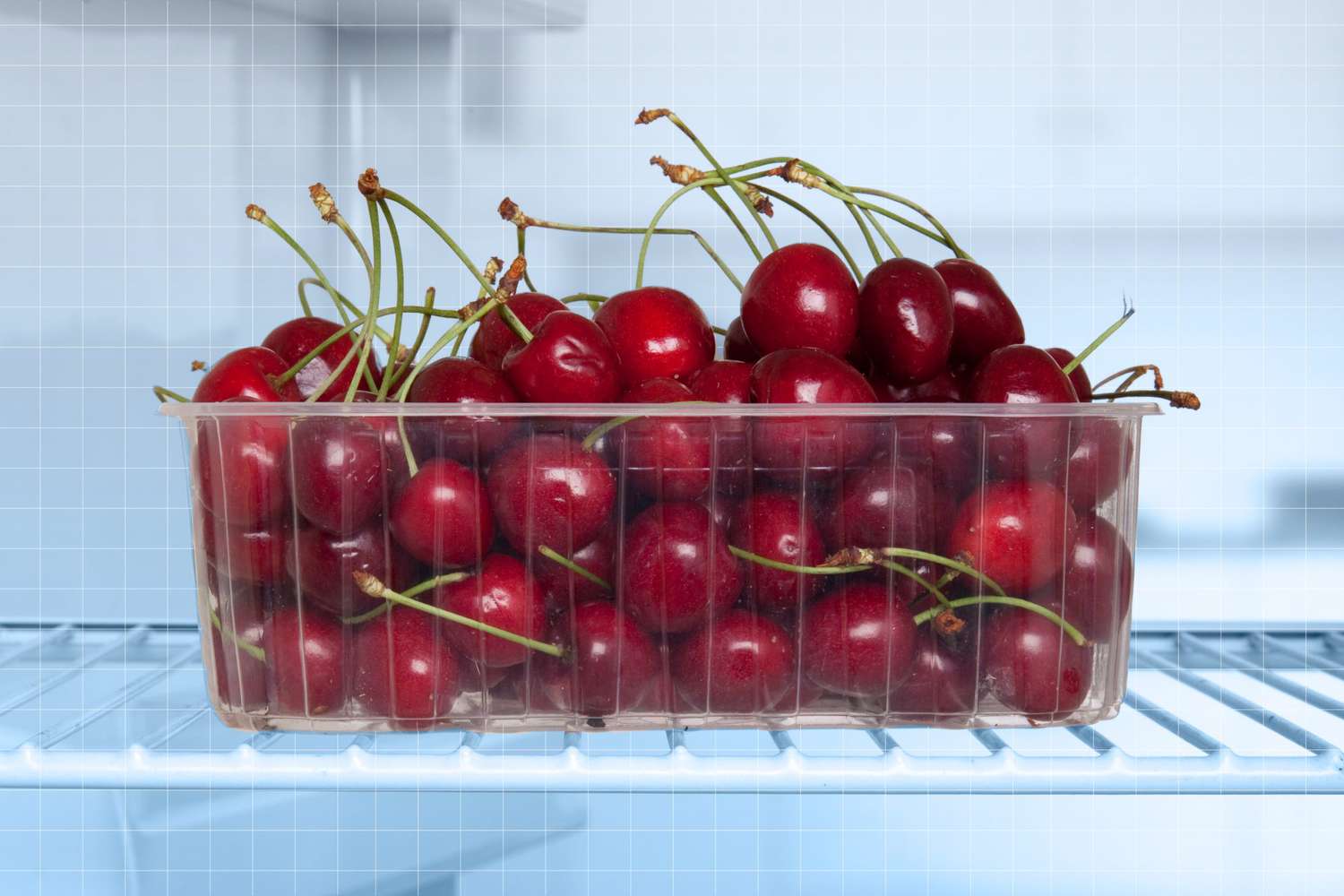
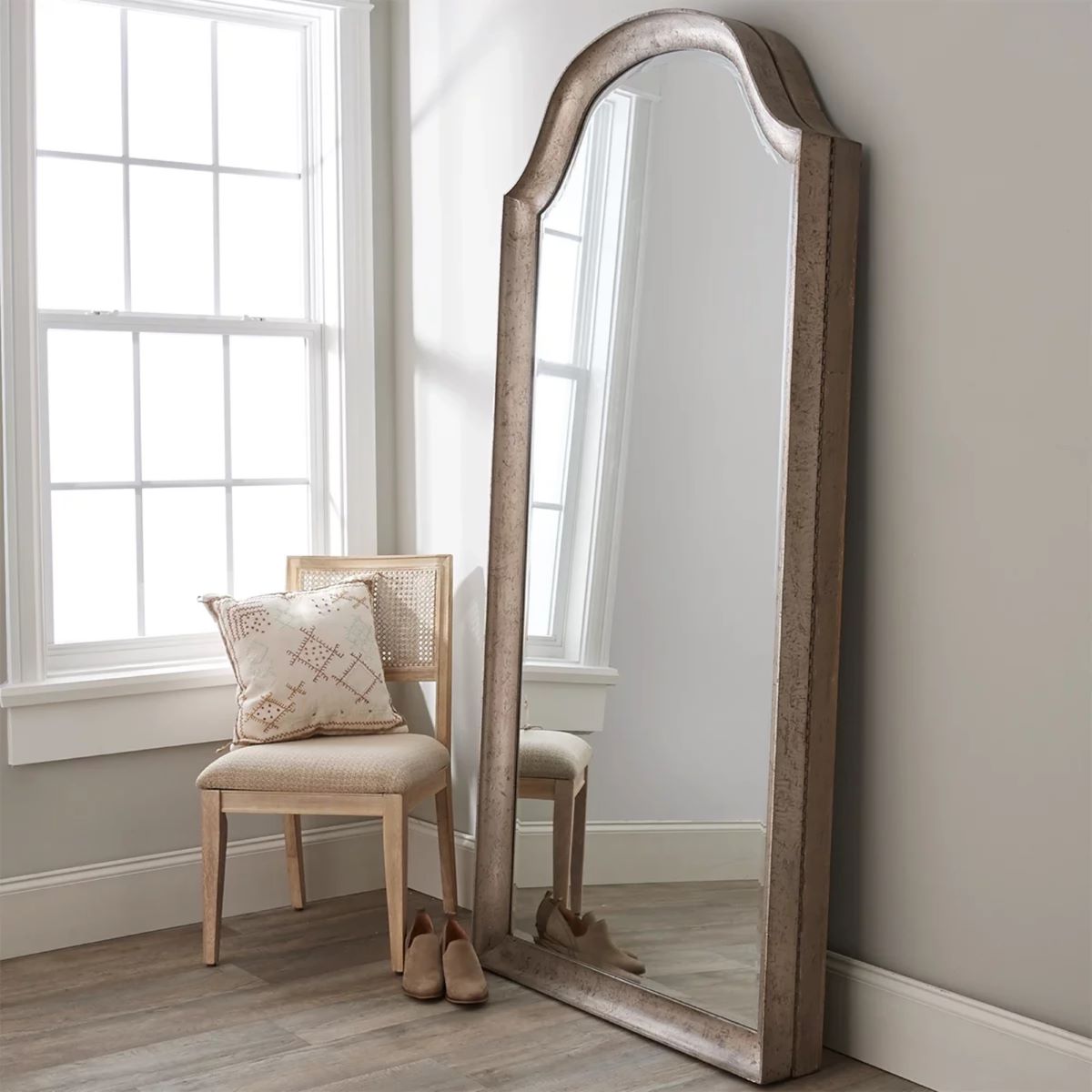
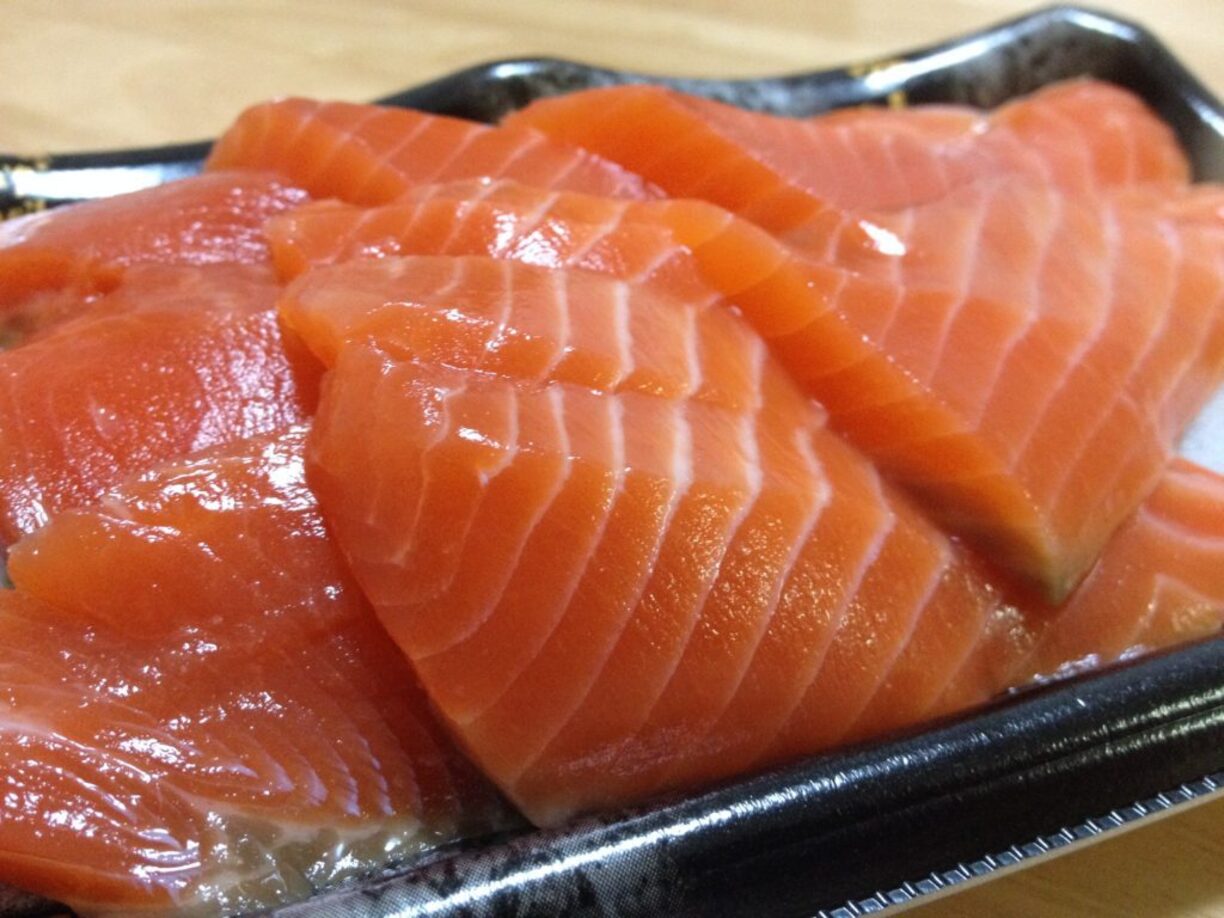
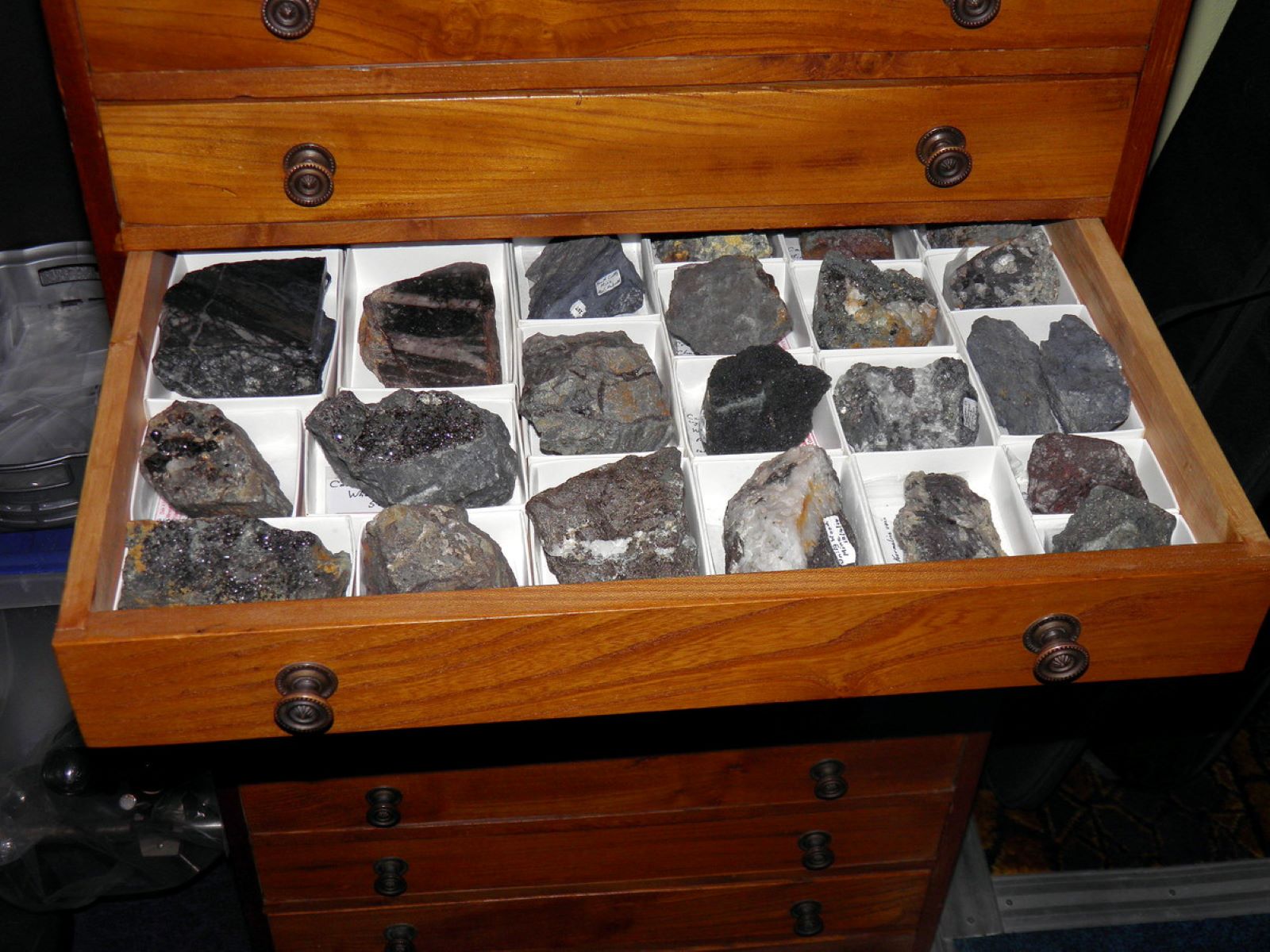
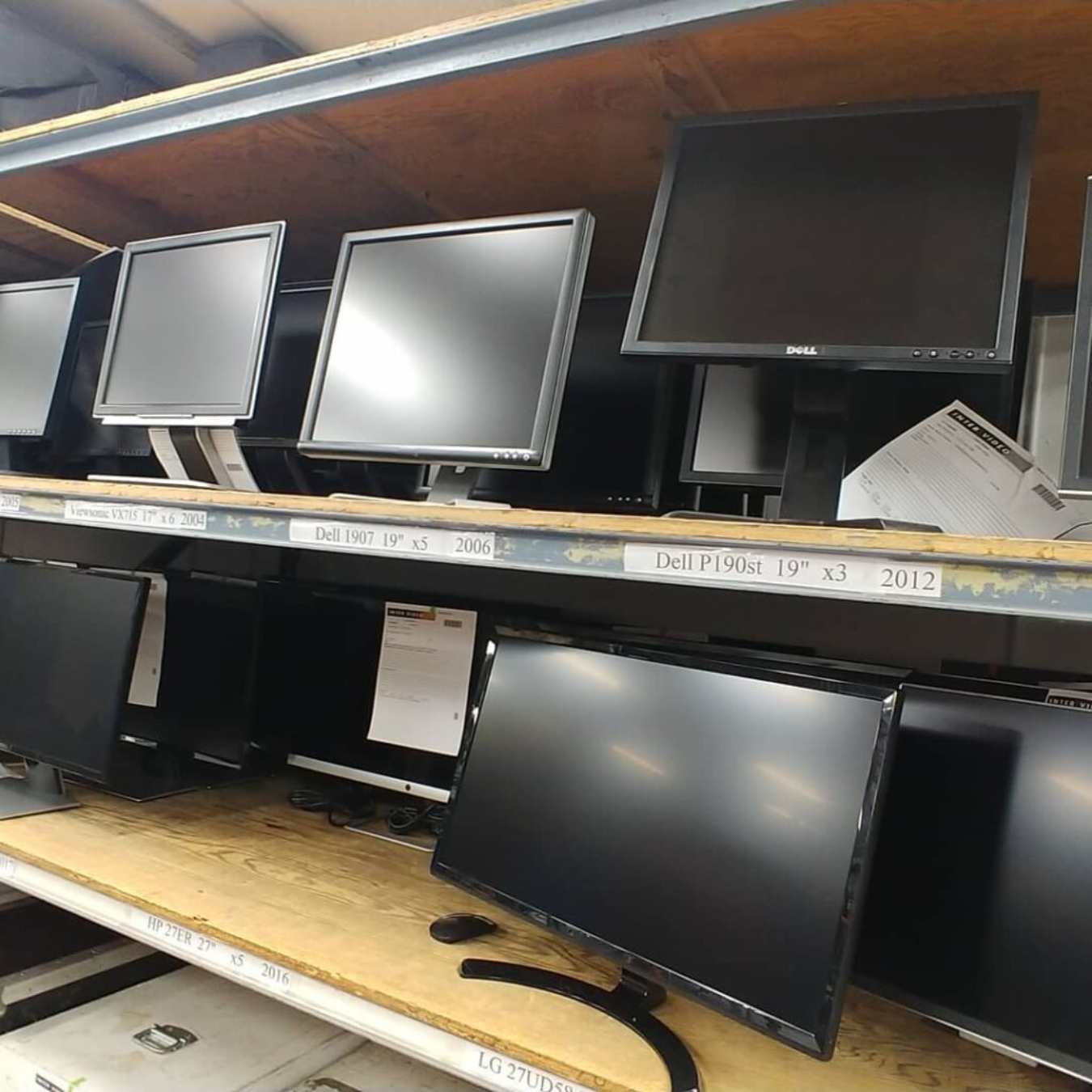

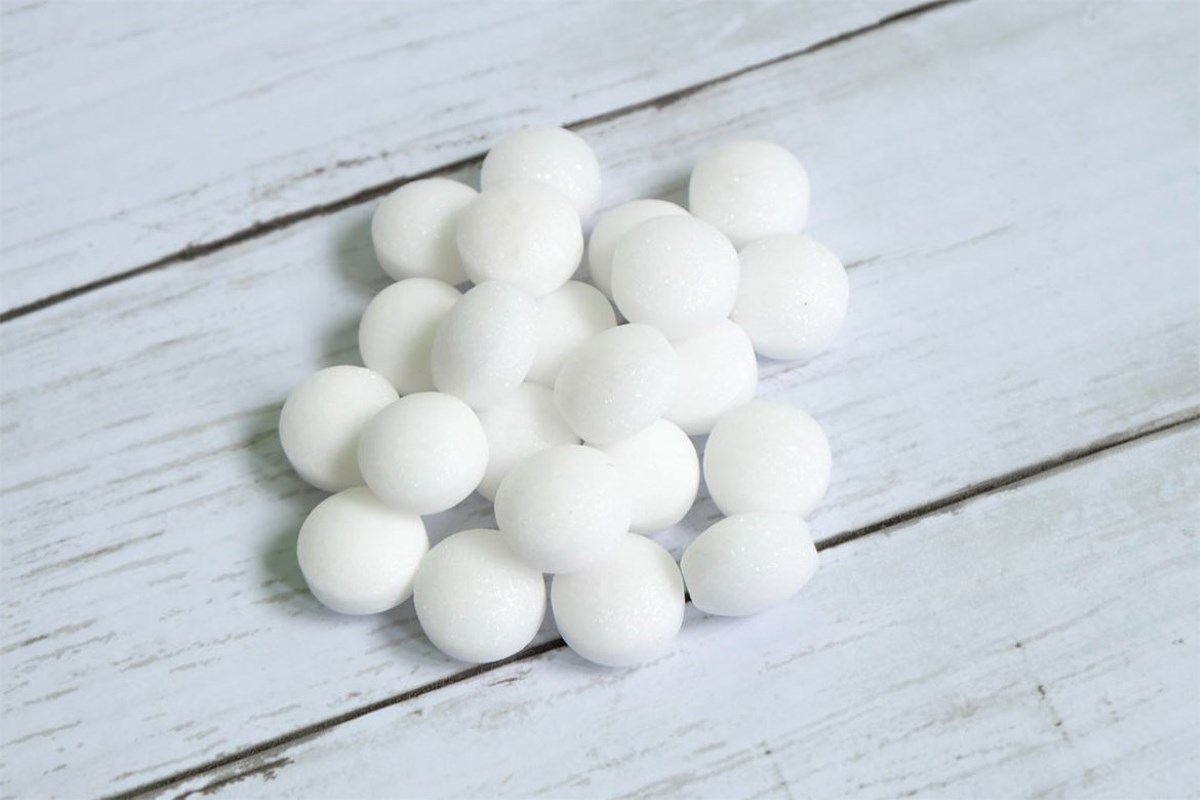
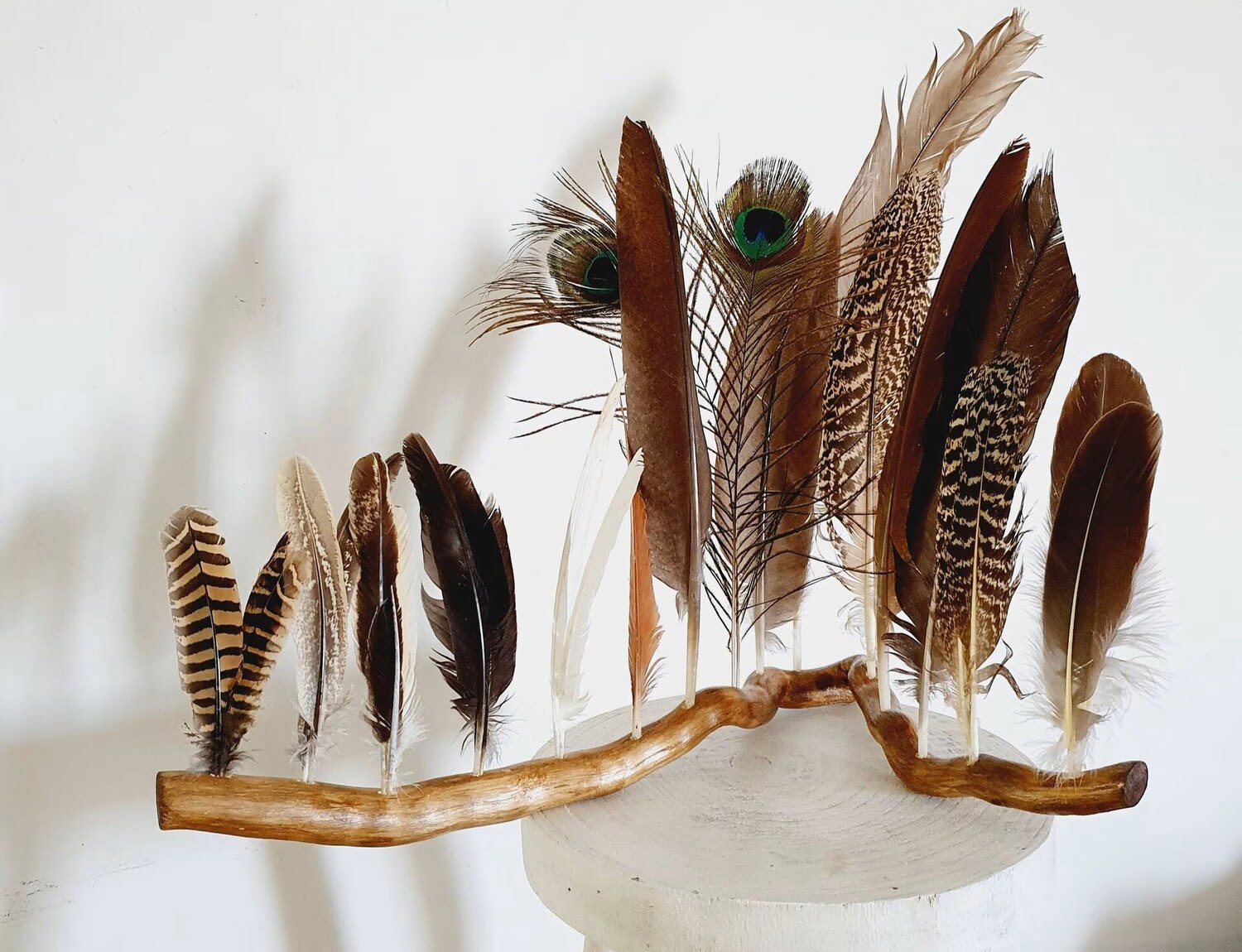

0 thoughts on “How To Store Bitters”